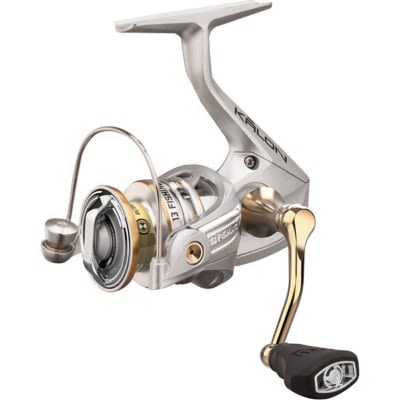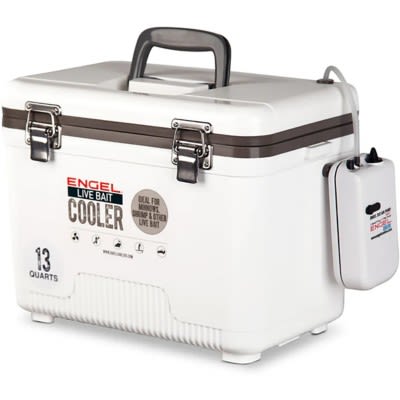Today's Best Fishing Times
Get the best fishing times for Lake Dora with Lake-Link's Fishing Forecast. SEE MORE
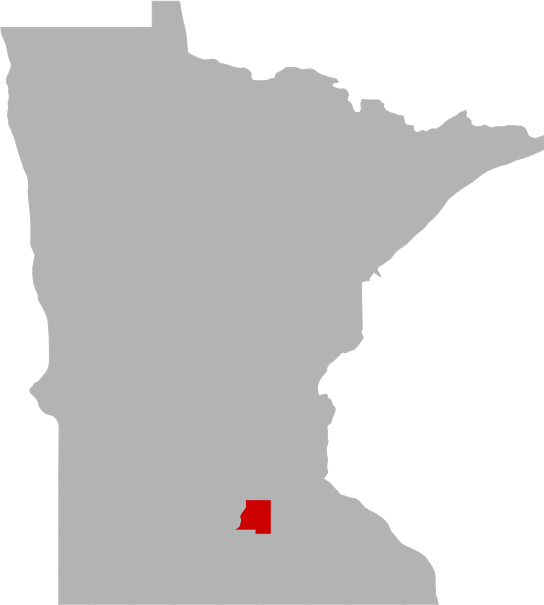

Share Your Catch & Win!
Frequently Asked Questions About Lake Dora, MN
- How big is Lake Dora?
- How deep is Lake Dora?
- What kind of fish can you catch in Lake Dora?
- Are there places to stay in the Lake Dora area?
- Are there boat launches on Lake Dora?
- Are there places to eat and drink near Lake Dora?
- What is the average air temp for Lake Dora?
- Are there any state parks near Lake Dora?
How big is Lake Dora?
How deep is Lake Dora?
What kind of fish can you catch in Lake Dora?
Other fish species in the lake include Brook Stickleback, Central Mudminnow, Fathead Minnow, Freshwater Drum, Golden Shiner, Green Sunfish, Hybrid Sunfish, Johnny Darter, Spottail Shiner, Tadpole Madtom and White Sucker.
Are there places to stay in the Lake Dora area?
More Lodging Options
Are there boat launches on Lake Dora?
Are there places to eat and drink near Lake Dora?
Explore the Lake Dora area in a RV
Are you looking for an adventurous vacation option that won't break the bank? Look no further than renting an RV! Contrary to popular belief, the process is much simpler than you might imagine. With just a few easy steps, you'll soon be experiencing the ultimate freedom and convenience of exploring the open road in your very own recreational vehicle. And the best part? RV travel can save you up to 60% compared to other types of vacations! With the money you'll save, you'll be able to travel even more and create unforgettable memories along the way. So why wait? Start planning your next adventure today with an RV rental. Learn more about renting a RV.

2020 Lightning Aluminum Enclosed 5-place Snowmobile Trailer
Lakeville, MN

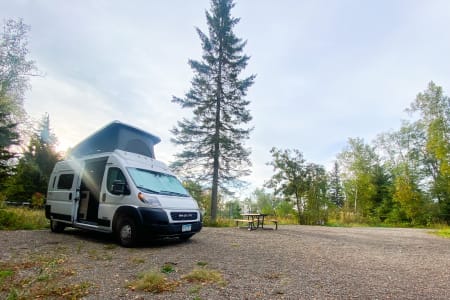
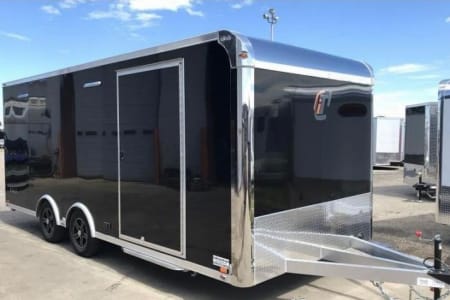
History & Status of the Fishery
Dora Lake is a 760 acre lake located in Le Sueur County near the town of Doyle. A DNR-owned public access is located on the eastern side of the south end of the lake off Le Sueur County Road 3. The lake has an average depth of 2.2 feet and maximum depth of 6.0 feet. It is placed in Lake Class 43, which includes other Waterville Area lakes such as Circle Lake (Rice County), Crystal Lake (Blue Earth County), Gorman Lake (Le Sueur County), and Pickeral Lake (Freeborn County). Dora Lake is managed primarily for Black Crappie, Bluegill, and Yellow Perch and secondarily for Northern Pike and Walleye. The management plan calls for stocking Walleye and Northern Pike fry and Black Crappie, Bluegill, and Yellow Perch adults following winterkills, which have occurred frequently in the past. Dora Lake was surveyed the week of June 8, 2015 as part of a regular monitoring program conducted by the Minnesota DNR. This survey was intended to assess the fish community by deploying eleven trap nets and five gill nets, as well as recording water quality parameters.
Black Crappie
A total of 20 Black Crappies were sampled with gill nets for a catch rate of 4.0/net, indicating moderate to high numbers were present. Since 2000, catch rates have varied from 0.2/net in 2010 to 6.4/net in 2000 with an average of 3.7/net. Lengths ranged from 4.0 to 6.7 inches with an average of 5.0 inches, indicating small size structure. An additional 10 Black Crappies ranging from 3.6 to 4.9 inches long were sampled with trap nets. Black Crappies from both gears ranged from 1 to 3 years old with three year-classes present. One year old fish accounted for 87% of the sample. After sampling just one fish in 2010, the Black Crappie population in Dora Lake has returned to normal levels and was comprised of small, young fish in 2015.
Bluegill
A total of 21 Bluegills were sampled with the trap nets for a catch rate of 1.9/net, indicating low to moderate numbers were present. Since 2000, catch rates have varied from 1.3/net in 2005 to 26.4/net in 2010 with an average of 7.8/net. Lengths ranged from 2.8 to 5.4 inches with an average of 3.7 inches, indicating small size structure. Three additional Bluegills ranging from 3.8 to 4.4 inches were sampled with gill nets. Bluegills from both gears were 1 to 2 years old, with 1 year old fish accounting for 96% of the sample. In 2015, the Bluegill population in Dora Lake was dominated by small, young fish.
Yellow Perch
Yellow Perch numbers remained high in Dora Lake with a total of 60 fish sampled with gill nets for a catch rate of 12.0/net, indicating moderate to high numbers were present. Since 2000, catch rates have varied from 12.0/net in 2015 to 36.2/net in 2010 with an average of 26.5/net. Lengths ranged from 6.3 to 9.2 inches with an average of 8.3 inches, indicating a small, yet fishable size structure. Ages varied from 2 to 4 with three year-classes present. Three year old fish accounted for 75% of the sample. The Yellow Perch population in Dora Lake consisted of many quality length fish and offered the only real opportunity for fishing in 2015. It also showed little sign of the 2013-2014 winterkill.
Walleye
A single 14.4 inch 2 year old Walleye was sampled with gill nets for a catch rate of 0.2/net, indicating very low numbers were present. Since 2000, catch rates have been low, ranging from 0.2/net in 2015 to 2.8/net in 2005 with an average of 1.9/net. Walleye fry were stocked annually in Dora Lake from 2004-2013 with the exceptions of 2006 and 2011. The primary goal with these stocking events was to use the lake as a nursery for young fish that would eventually migrate into the Cannon River system and provide fishing opportunity elsewhere. It is unknown to what extent this has occurred but our sampling suggests it is unlikely that fry stocking will ever result in a walleye fishery in Dora Lake.
Northern Pike
A total of 37 Northern Pike were sampled with gill nets for a catch rate of 7.4/net, which was the highest ever recorded and indicated moderate to high numbers were present. Since 2000, catch rates have varied from 2.2/net in 2010 to 7.4/net in 2015 with an average of 5.0/net. Fish were small with lengths ranging from 10.0 to 20.6 inches with an average of 14.9 inches. An additional 7 Northern Pike ranging from 13.7 to 19.8 inches long were sampled with trap nets for a catch rate of 0.6/net. Northern Pike from both gears ranged from 1 to 2 years old with two year-classes present. One year old fish accounted for approximately 93% of the sample. Northern Pike fry were stocked occasionally in the 2000s but ultimately seems unnecessary given recent netting results and a strong connection to the Cannon River.
Black Bullhead
A total of 57 Black Bullheads were sampled in gill nets for a catch rate of 11.4/net, indicating low numbers were present. This was the lowest catch rate since surveying began in 2000. Since 2000, catch rates have varied from 11.4/net in 2015 to 43.0/net in 2005 with an average of 24.7/net. An additional 76 Black Bullheads were sampled with trap nets.
Common Carp
Common Carp numbers remained high with a total of 30 sampled with gill nets for a catch rate of 6.0/net, indicating moderate to high numbers were present. Since 2000, catch rates have varied from 0/net in 2005 to 14.4/net in 2010 with an average of 5.3/net. An additional 16 Common Carp were sampled with trap nets. Overall, Common Carp numbers in Dora Lake have increased in recent years.
Other Species
Other species sampled in 2015 include Bigmouth Buffalo, Bowfin, Golden Shiner, Pumpkinseed, White Bass, White Sucker, and Yellow Bullhead. Interestingly, Freshwater Drum were completely absent for the first time since surveying began in 2000 and after being common in the 2010 survey.
Anglers can play an important role in maintaining or improving a fish population by practicing selective harvest. Selective harvest allows for the harvest of smaller fish for consumption, while encouraging the release of medium to large fish that may contribute to natural recruitment. This practice helps maintain balance in the fish community and provides anglers the opportunity to catch more and larger fish in the future. Additionally, smaller fish often taste better and have fewer contaminants than larger, older fish from the same water body.
Shoreline property owners also play an important role in the overall health of an aquatic ecosystem, including the fish population. Natural shorelines, including vegetation, woody debris, and bottom substrates, provide valuable habitat for fish and wildlife, help maintain water quality, and reduce bank erosion. By leaving natural shorelines unaltered or restoring them to natural conditions, shoreline property owners are doing their part to maintain or improve a healthy ecosystem in the lake and protect the resource for future generations.
-Sky Wigen, Fisheries Specialist
What is the average air temp for Lake Dora?
Are there any state parks near Lake Dora?
For more Minnesota State Park information see our State Park Guide.
More Nearby Lakes To Explore
There's more lake's to explore around Lake Dora...| DISTANCE | ACRES | MAX DEPTH | |
| Lake Volney | 3.0 mi | 269 | 67 ft |
| Greenleaf Lake | 3.7 mi | 302 | 19 ft |
| Gorman Lake | 4.0 mi | 521 | 14 ft |
| Sabre Lake | 4.3 mi | 258 | 13 ft |
| Sunfish Lake | 4.8 mi | 121 | 30 ft |
| Rice Lake | 5.2 mi | 331 | 6.7 ft |
| Caron Lake | 6.6 mi | 319 | 4 ft |
| Horseshoe Lake | 6.9 mi | 417 | 26 ft |
| Hunt Lake | 7.0 mi | 176 | 27 ft |
| Shields Lake | 7.1 mi | 940 | 42 ft |





